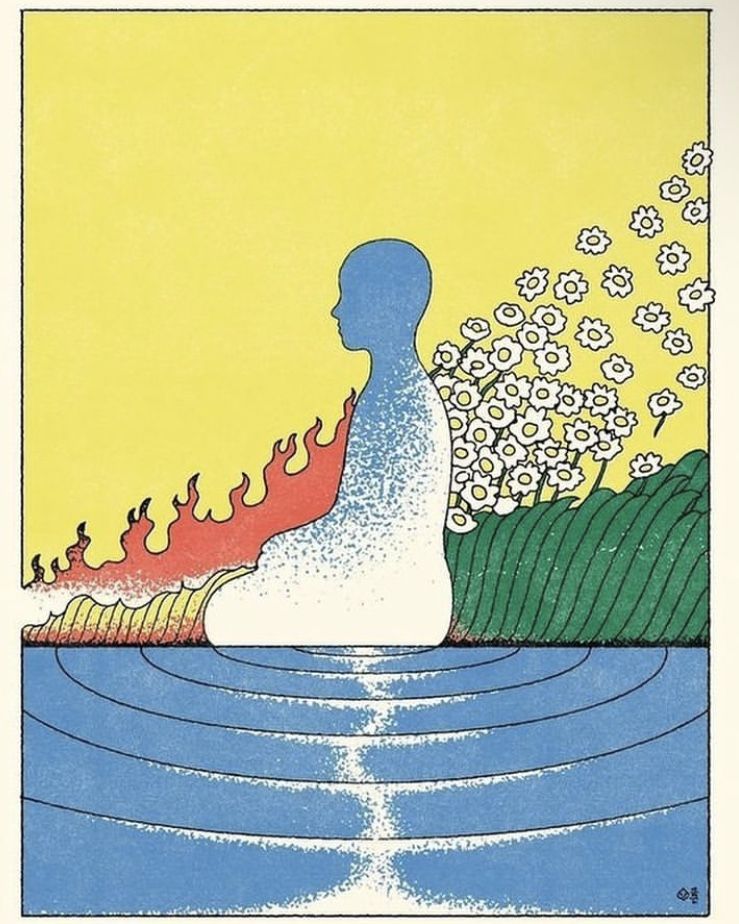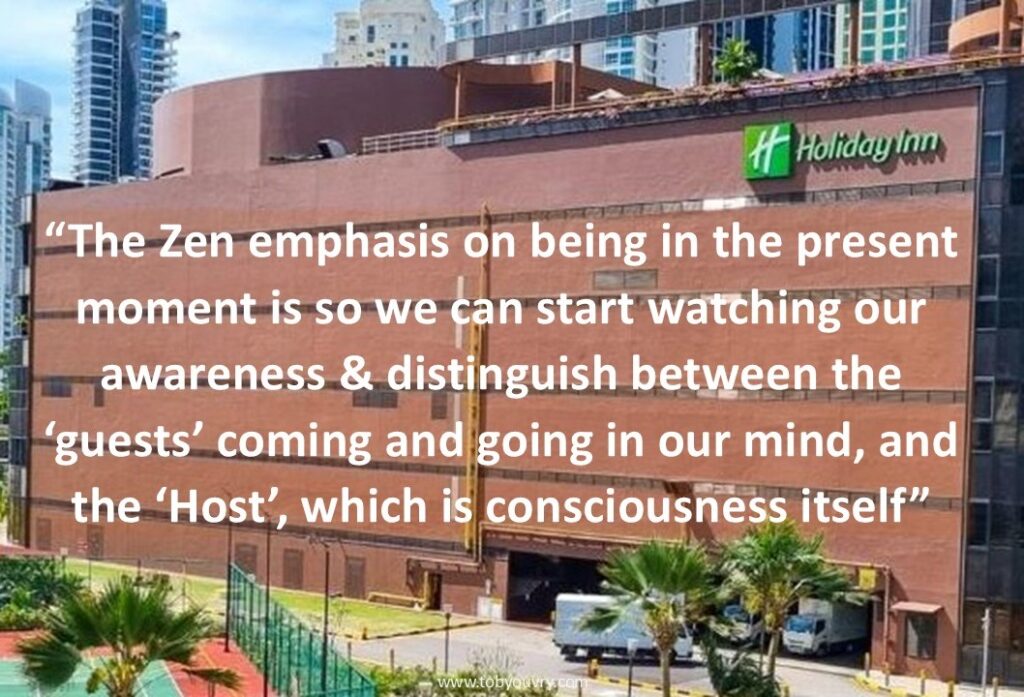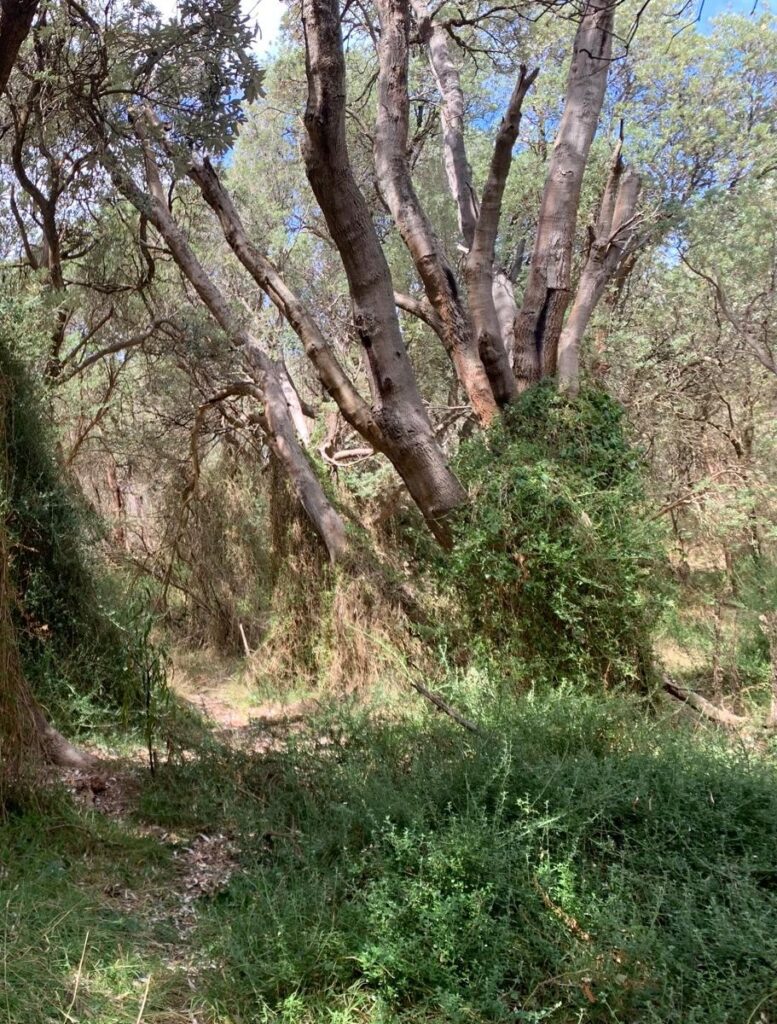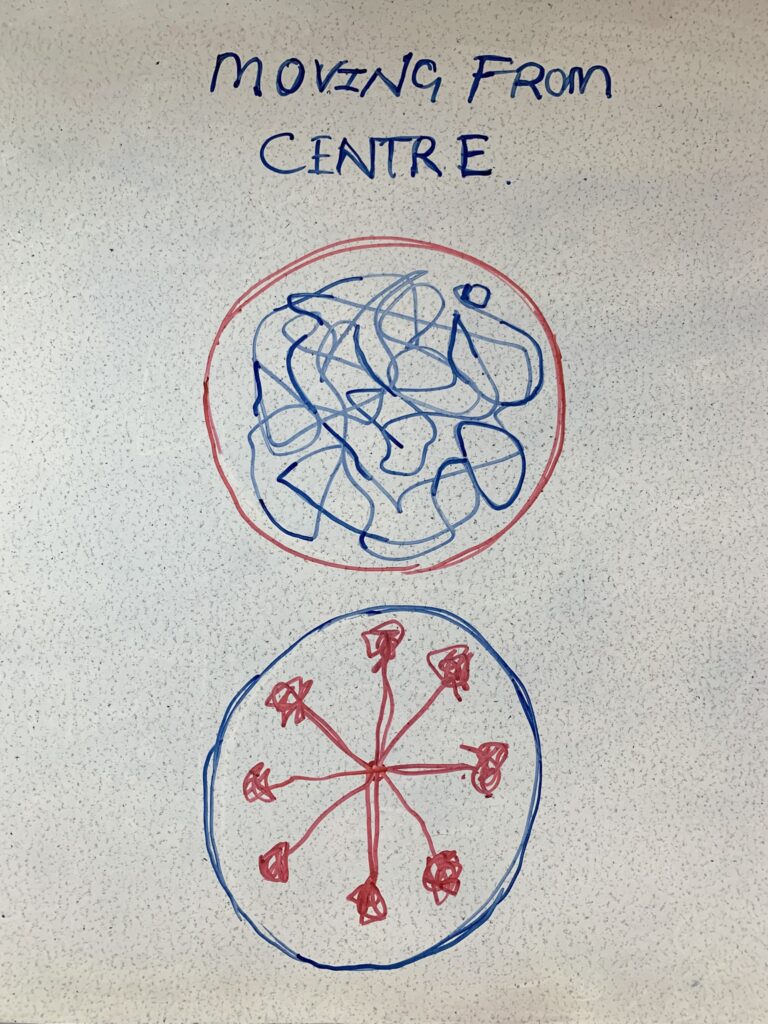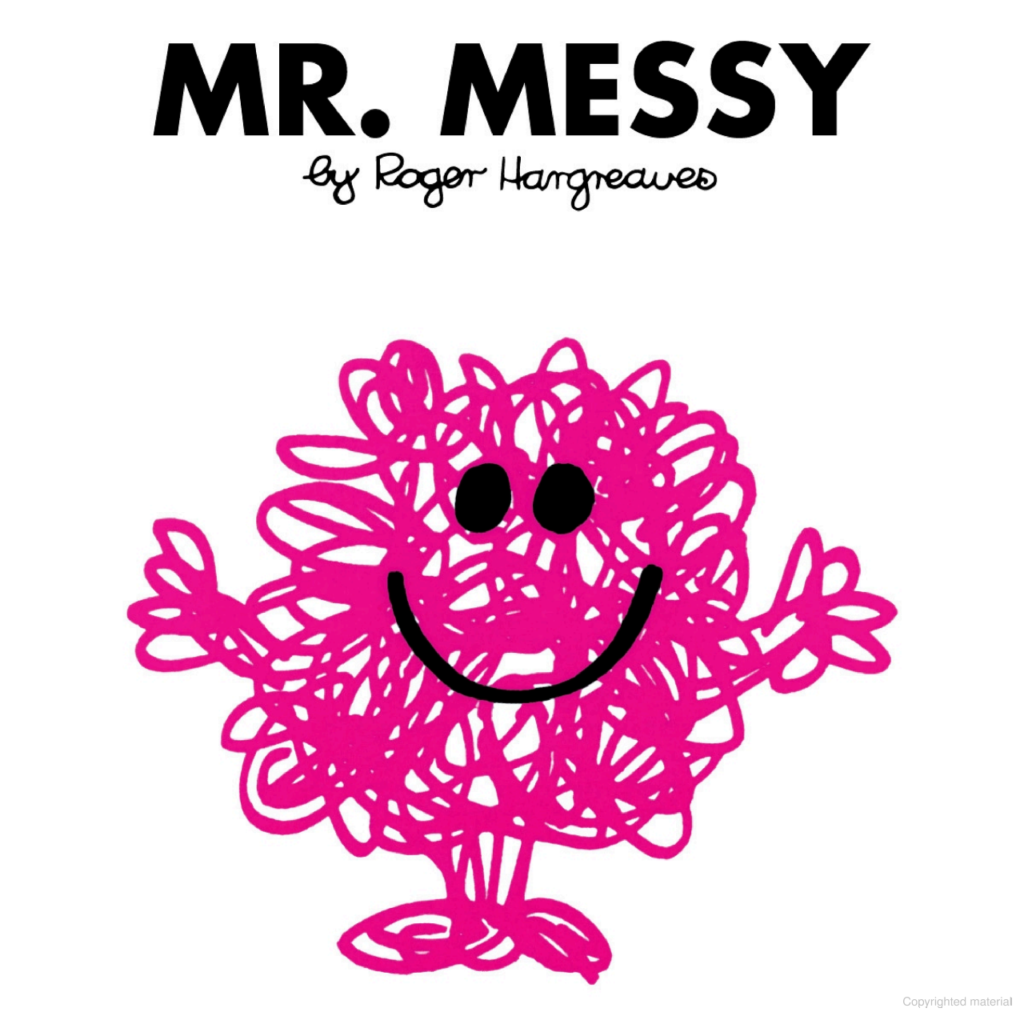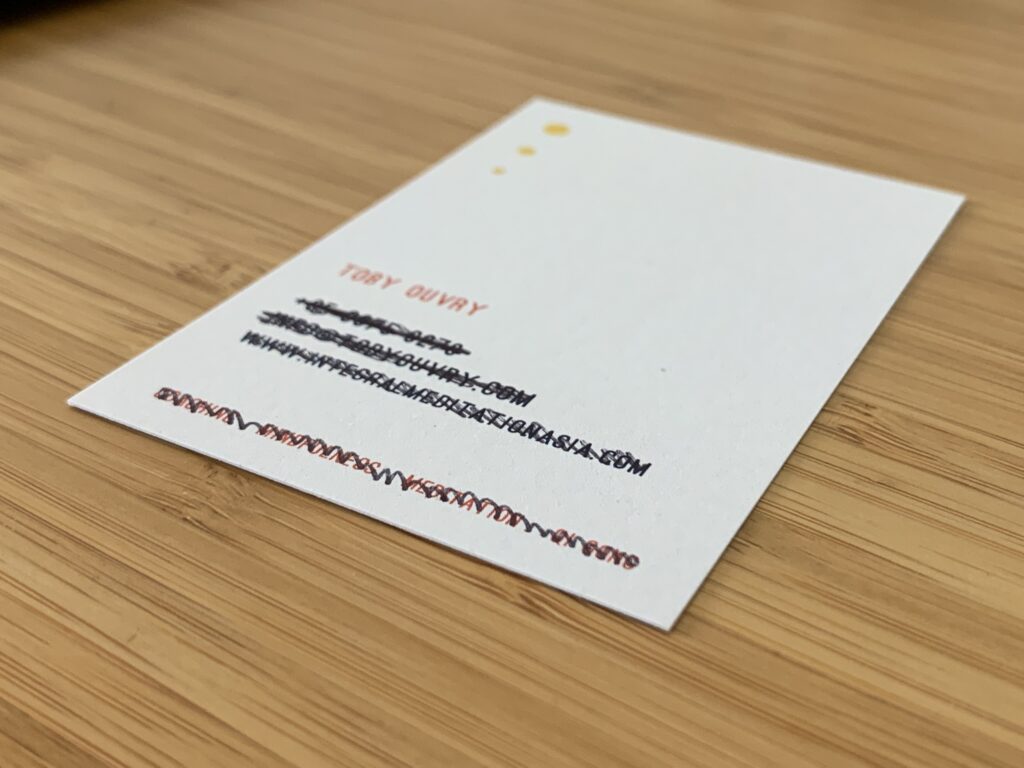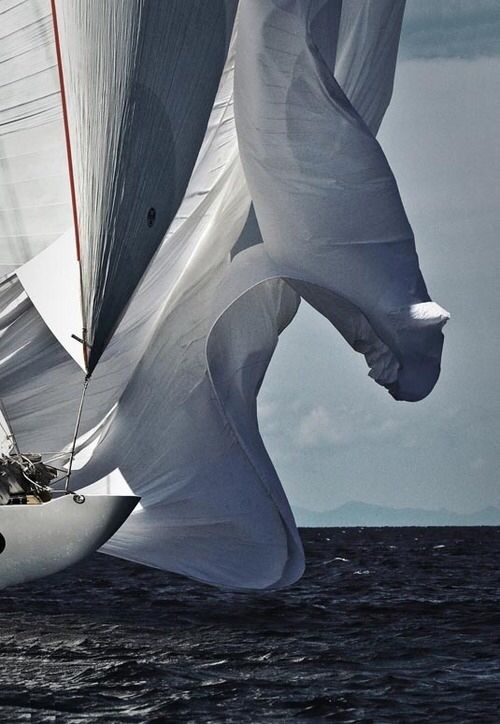“Normally, when we walk into a room, it is the objects in the room that we notice, when by far the biggest element in the room is the space, and the light or darkness in it”
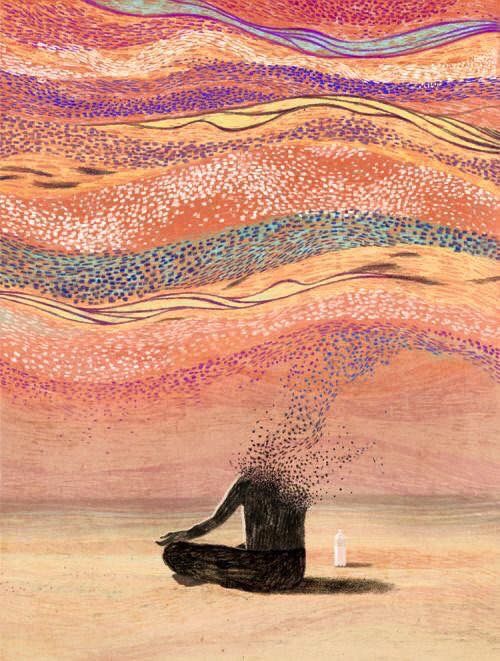
Dear Integral Meditators,
This week’s newsletter features an article I wrote originally all the way back in 2010 which I have updated. If you enjoy it, it will be a part of the focus for this week’s Tues/Weds or Saturday Zen meditations.
In the spirit of inner space,
Toby
PS: Final shout out of this Friday morning’s The wisdom of Zen meditation practice retreat & course
Finding inner space within your mind by focusing on outer spaces
An ongoing motivation for both beginners’ starting meditation and those who are more experienced practitioners is the need to create and preserve a sense of space within our mind which we can relax into and use to keep the rest of our busy lives in perspective.
One technique I use regularly that I find creates a sense of inner space very quickly is to focus on an awareness of the outer spaces that exist in our physical environment. The mind basically becomes like what it focuses upon, so when you focus on an outer physical space, this in turn quite naturally starts to give rise to a sense of an inner space within our mind. Here is one example of a way in which you can do this:
Making your mind BIG
We have been using this technique recently in the class I facilitate. Once you have sat down in a comfortable posture, become aware of the sky and stars up above you and the earth beneath you, allow your awareness to become big and open like the sky above you, and vast solid and stable like the Earth beneath you.
After you have done this, extend your mind horizontally around you, out to the horizon of the land, to the north, east, south and west. Extend your awareness as far out as you can to feel the curve of the Earth’s surface all about you. Now you have a sense of your mind as being BIG, and spacious, taking in the vast physical spaces all around you.
Stay with this feeling for as long as you like, let yourself relax as much as possible into your sense of the big space all around you; above, below, and extending out into the for directions of the horizontal/horizonal plane.
If you do this for a while, you will find quite quickly that a sense of inner space and calm arises within your mind. By focusing on the big space outside, you start to feel the big space inside!
Smaller space focus
You can also do the above exercise in a similar way but with a much smaller space, such as the room that you might be sitting in. Normally, when we walk into a room, it is the objects in the room that we notice, when by far the biggest element in the room is the space in the room, and the light or darkness in it. We can make our mind much more spacious in a short period of time by relaxing into an awareness of the outer space of the room, and let it create a corresponding sense of inner space within us.
A final point here is that I have found that this meditation helps ANY problem that I may be facing and that I am concerned about. When your mind feels big, then problems seem much more manageable. In a small mind consumed by itself and its own challenges, even small issues can take on a distorted life of their own!
© Toby Ouvry 2025, you are welcome to use or share this article, but please cite Toby as the source and include reference to his website www.tobyouvry.com
Watch Toby’s video on Meditating with the bright shadow:
Upcoming workshops & series’ on the shadow & the golden shadow
Starts Tuesday 11th & 12th November, 7.30-8.30pm – Going beyond your limitations, tapping into your hidden strengths – Meditating with your bright shadow, a 6-week course
Saturday 25th October, 9am-12.30pm – Finding Freedom From What Holds You Back in Life: Practical meditations & techniques for working with your shadow-self
Saturday 22nd November, 9am-12.30pm – Meditations for Developing the Language of Your Shadow Self Workshop
All upcoming classes & workshops
Ongoing on Tuesday’s & Wednesday’s (live & online), 7.30-8.30pm – Weekly integral meditation classes
Ongoing Tuesday & Weds September, 7.30-8.30pm, – Integral Meditation from the Perspective of Zen – A 10 week series
Ongoing Saturdays 5.30-6.15pm – Zen meditation Deep-dive – A 10 session practice series
17 Oct 2025, 8am-12pm & 21 Nov 2025, 8am-12pm – The wisdom of Zen meditation practice retreat & course, levels 1&2
Saturday 29th November, 7-9pm – Living Life From Your Inner Center – Meditations for Going With the Flow of the Present Moment
Follow Toby on: LinkedIn, YouTube, Instagram
Integral Meditation Asia
Online Courses * 1:1 Coaching * Books * Live Workshops * Corporate Mindfulness Training *Life-Coaching * Meditation Technology
